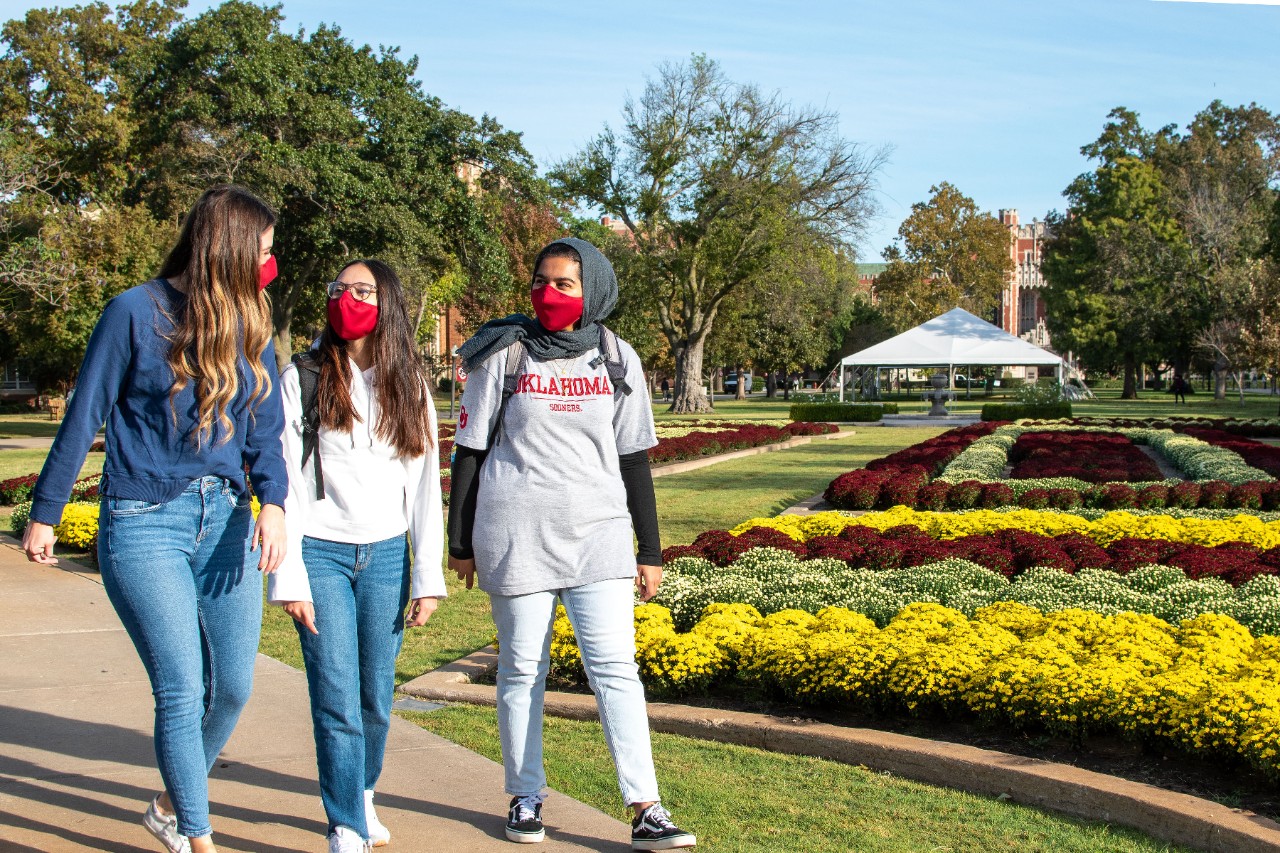
As our state’s flagship university and Oklahoma’s only academic health system, we are uniquely poised to serve our state and nation in this time of need. We embrace this opportunity to emerge stronger, together. From contributing research efforts to creating new innovations to working with state leaders on predictive modeling that projects the spread of the virus, the OU family is helping to fight the pandemic. Keep reading to learn more about how OU is responding to COVID-19.
Since the onset of the pandemic, the university has taken lengthy steps to protect the campus community.



The OU community is coming together to help lead our campus, state, and nation to a healthier, safer, and more prosperous future.

OU scientists and physicians are contributing research efforts to the fight against COVID-19 in a variety of ways.